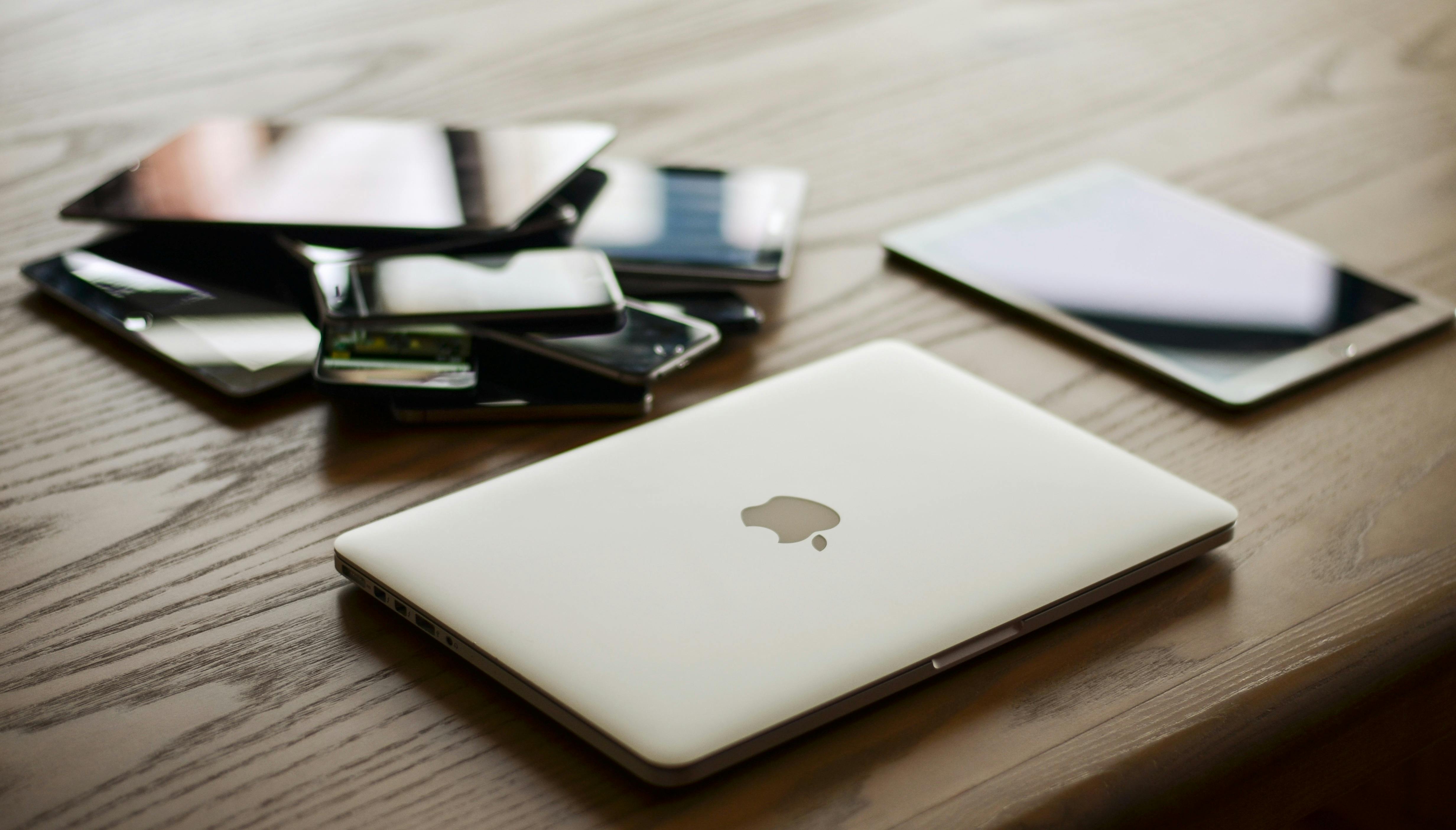In Tips & tricks for self publishers – Part 2 I explained how to self publish an e‑book.
If you’re like me, you’ll now want to create a hard copy – a “real” book. While I am certainly a fan of e-books, I am also a lover of old fashioned page turners. And so are many of your potential customers!
So please find below Part 3 of my series which explains how to self publish a paperback…

I was considering using CreateSpace to create my paperback version of Ryan the Lion because it’s the sister service of Kindle Direct Publishing (the service I used to create the e-book version). I was also thinking about publishing a selection of my blog musings under the title E‑Learning Provocateur: Volume 1.
I was dilly dallying about both when Steven Lewis showed me his newly produced paperback, How to Format Perfect Kindle Books – ironic, eh? I had imagined that books created via CreateSpace would be a bit dinky. In other words, you could just tell that they were home-made. But Steven’s book was nothing like that. It was glossy and colourful and wonderful. I was hooked!
I found CreateSpace really easy to use. All the stages in the process are outlined sequentially, with What’s this? links, how-to guidelines and downloadable templates.
At one stage you will need to choose the size of your book. For Ryan the Lion I picked 6″ x 9″ to mimic my copy of Dr Seuss’ Oh, The Places You’ll Go!. For E‑Learning Provocateur I picked 5.5″ x 8.5″ to mimic my copy of Seth Godin’s Tribes.
You will also need to make decisions about your interior. Since Ryan the Lion is an illustrated children’s story, I chose full colour on white paper and a 12-point Bookman Old Style typeface. Since E-Learning Provocateur is a text-heavy business book, I chose black & white on cream paper and a 12.5-point Garamond typeface.

I highly recommend using one of the Word templates that CreateSpace provides for the interior (but check the sizes of the pages are actually what they should be).
You will want to make sure that any illustrations you have are hi-res: at least 300 dpi, but higher if possible. I had problems with PNG files (they outputted fuzzy) so you might consider TIF or JPG instead.

When converting to PDF – which CreateSpace requires – check the page size again in the printer settings. I used BullZip’s free PDF Printer; if you do too, I recommend picking “Flate” for your image compression and “Prepress” for the output quality.
When the PDF is produced, check yet again the size of the pages. It’s important to appreciate that PDF is a WYSIWYG technology: What You See Is What You Get. So check the page breaks, page numbering, illustrations, blank pages, everything. What You See Is What You Get.
For the cover, Steven Lewis recommends engaging a professional designer. That’s a good idea, but because I’m familiar with graphic design, I created my own cover with Corel’s astonishingly cheap PaintShop Pro. CreateSpace has pre-designed templates, but I think they’re a bit naff.
Before submitting your work, always use CreateSpace’s preview facility to check again that all is well. You’re probably over it by now, but this last step is well worth it. You’ll be amazed at what you have missed.
Similarly, always order a proof to check the actual product in real life. Ryan the Lion costed me a bit more to produce because it’s full colour, but it was still crazy cheap. If you don’t believe me, read Lifehacker’s piece about a local competitor’s self-publishing service. And you can get your proof shipped to the other side of the world in less than a week.
So like KDP, CreateSpace is effectively free apart from proofing and shipping (and perhaps designing a cover). Again, Amazon sells your book and provides you with a slice of the pie. Because it’s a physical product, the book is printed on demand.

So now you know how to self publish a paperback, you are ready for Tips & tricks for self publishers – Part 4 in which I’ll provide advice on how to promote your product…









